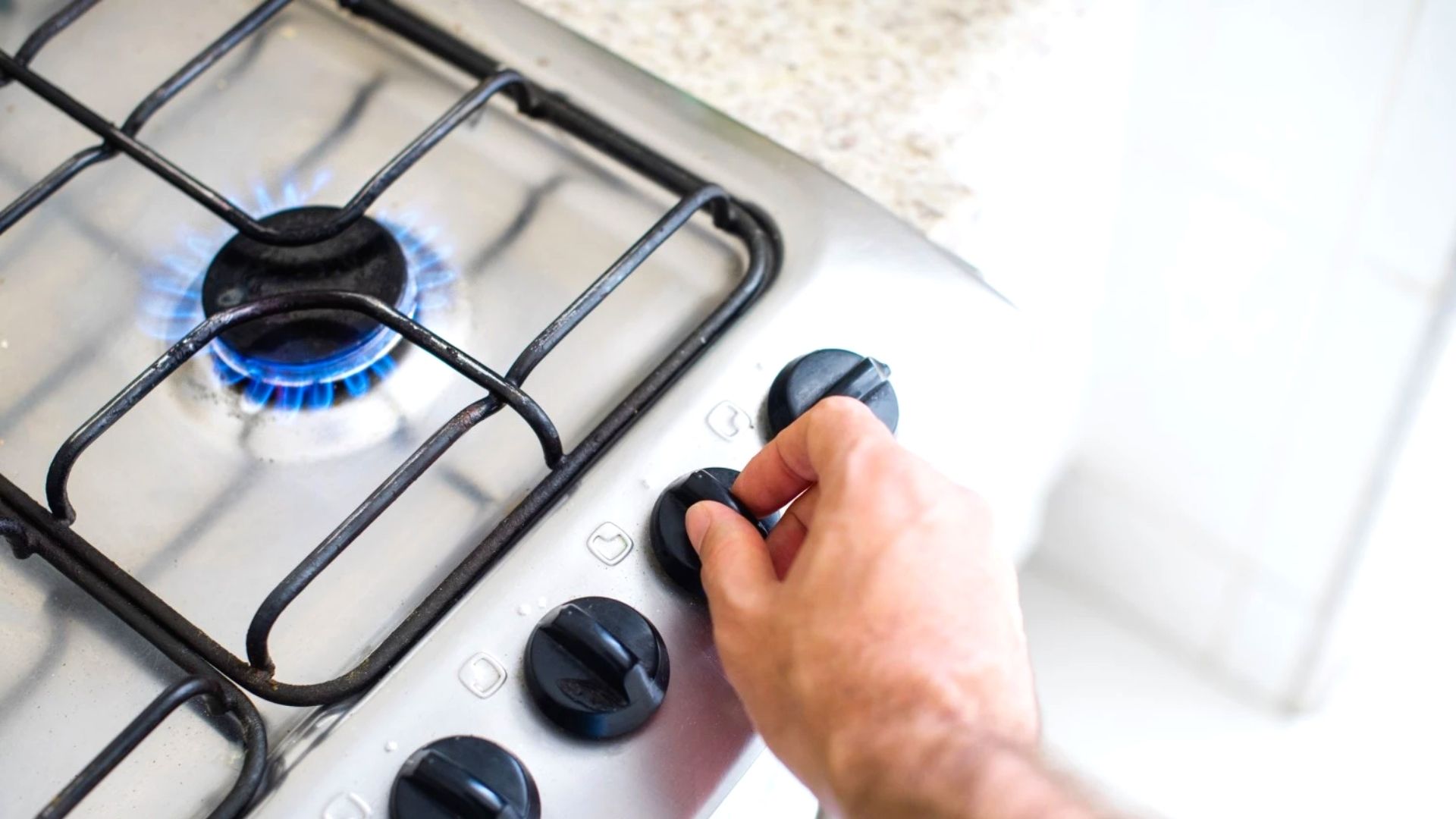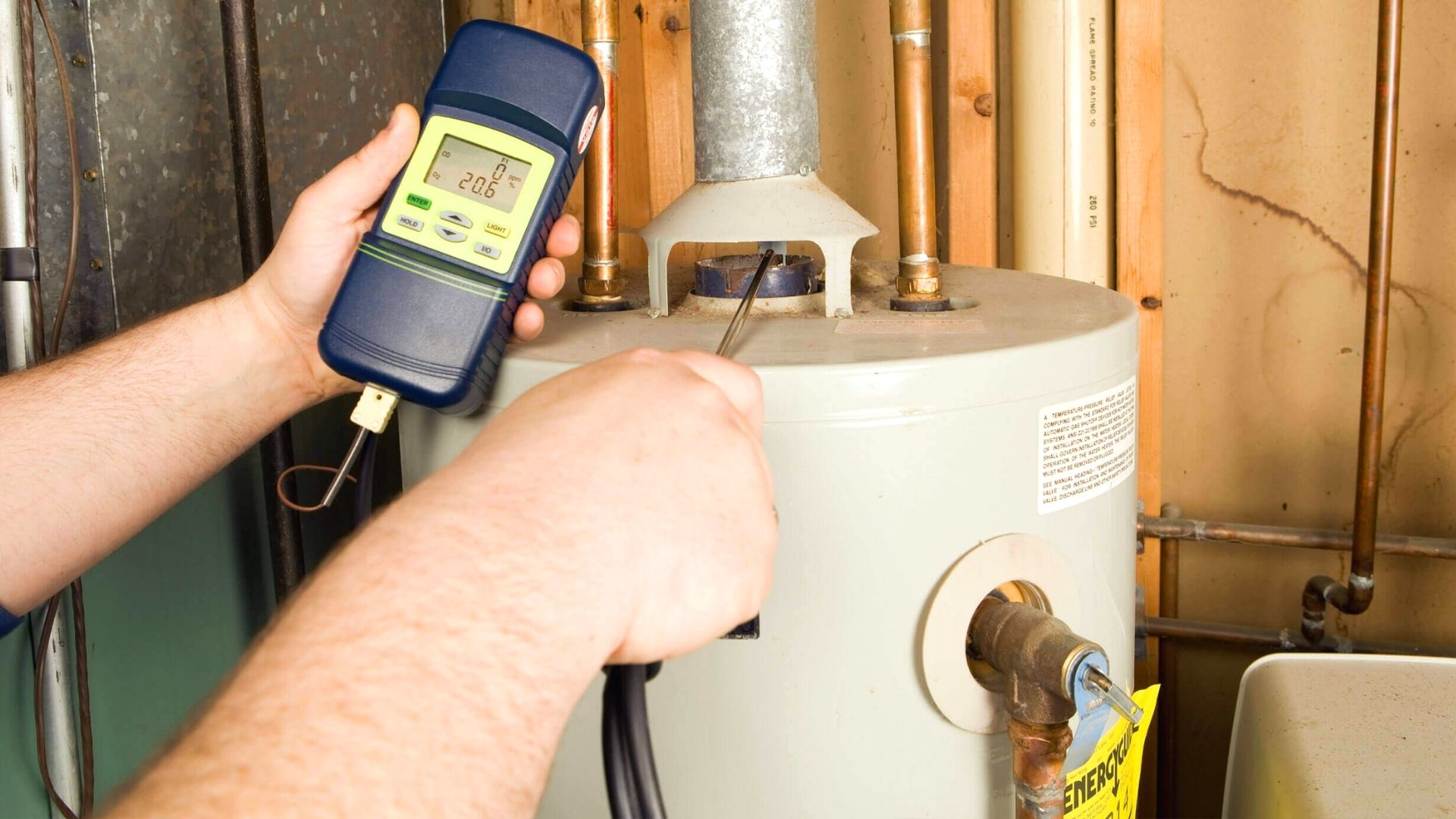7:00AM to 5:00PM
You get natural gas, around four ounces of pressure per square inch, delivered to your home and use it with these significant natural gas appliances, such as water heaters, furnaces, gas stoves, and clothes dryers through your natural gas piping systems or your building gas piping. The last thing you want is a gas line leading to a leaking gas pipe. Unlike unstable water pressure, a high-pressure gas appliance or line is dangerous. And so you’ll want to know the pressure of your gas or your natural gas pressures now and then. Although most natural gas appliances have their gas regulator, it’s still important to not depend on them and have knowledge of your own.
If a natural gas pipe leak is suspected, you should conduct a thorough gas pressure and leak test. However, working with gas lines requires more precautions due to their risks.
We recommend hiring a professional or a gas fitter to check your gas pressure, meters, and leak if you suspect something is wrong with the gas source, gas main, gas flow, or faulty gas appliances and if you lack any experience working with gas lines. You must even have a permit to test the gas pressure.
Those who have some knowledge of working with gas lines, operating pressure, and a gas leak may still try to test the gas pressure on their own. So, we thought of creating this guide to make checking gas pressure easier and help you brush up on the basics if you haven’t tested a gas line for a while.

Before you can begin to test the pressure of a gas line, there are some things that you should know. First, the regulations for checking the natural gas pressure might vary based on your area, as the permissible gas pressure differs from region to region.
We always recommend contacting your gas company to gather relevant information about gas pressures and gas pipes. The company may even send a technician to help you measure the pressure.
Also, the standard regulations for measuring natural gas pressure in commercial and residential spaces might differ. Most common standards for natural gas pressure testing suggest that the pipe should be able to hold a certain amount of pressure for at least a few hours. Some places require you to hold the gas supply for a longer time, up to four hours, to determine if there is consistent flow or a stable natural gas connection.
However, there are some instances where holding the gas supply for ten minutes is enough to pass a test.
Due to the hazards of working with gas lines, wearing proper protective gear is obligatory. In addition to the face mask, you should wear protective eyeglasses to avoid eye injuries and ensure that gas connections to appliances and other sources are shut off.
Should it be high pressure? Or is it OK if there’s a pressure drop? Yes, it’s OK. Pressure drops or low pressure are acceptable when checking gas pipelines. You may even need to check the gas lines by making them hold three times more pressure than their working pressure. Usually, a drop of less than 10% is considered safe while running the test.
The acceptable pressure drop or low pressure varies based on factors like working pressure, the volume of the pipework, the temperature, and the area where the gas lines are situated. To check for low pressure, turn only one device at a time if you have a gas stove, hot water heater, fireplace, or house heater. Check if you have high pressure or low pressure. Overuse of most appliances and gas leaks are the common causes of the pressure dropping since you can only bring in so much gas at once. A meter and regulator installed on your home reduce the gas’s pressure before it enters and fuels your gas appliances.
Holding the duration of the pressure might also affect the drop rate and cause low pressure, so it would be best to know about the drop rates from your particular gas supplier.

The gas meter is usually located on the front side of your house. It has a valve that controls the entry of gas into your home. When it’s open, it’s in line with the pipe below and can be rotated at 90 degrees to shut it off.
If you have trouble understanding the mechanics of your home’s gas meter, try contacting your gas provider for clarification.
To test the gas pressure, you’ll need to attach the pressure test gauge to the mainline situated by the meter. Ensure that the test gauge is calibrated and that you use a model the local gas authorities suggested. Also, your test gauge should have a higher capacity than the usual pressure of the gas line, which is relatively low in the case of natural gas.
You can measure the pressure by gradually turning on the valve and driving the gas towards the gauge. However, applying too much pressure at once may harm the testing gauge, so don’t exceed the recommended test pressure. Hold it in place for a minimum of 15 minutes or the recommended duration; sometimes, people test the pressure for a whole day.
Also, remember to remove the shut-off valves and detach all appliances before applying the pressure.
A sudden drop in the gas pressure or a significant decline over the holding duration may indicate a pipeline leak. Hence, you’ll need to follow the supply pressure by checking all the joints of the gas pipework for potential leaks. You can easily do it by applying a bubble solution to the joints to check whether the gas leaks.
If you’re not a certified gas technician, we suggest contacting a professional to run further tests on the gas lines and perform repairs. They may even suggest to you what might have caused the leaks in the first place. Also, whenever a new gas line or connection is added to the primary source, ask the professional to test it, ensuring proper gas pressure in the pipeline.
That’s everything we had to tell you about checking the gas pressure at home. Remember to follow the proper instructions and use protective gear to maintain the utmost level of safety.
Suspect gas leaks in your property? Are your gas appliances not working correctly? Never think twice about contacting a professional or your utility company whenever you feel something’s wrong with the gas line or most of the gas appliances connected to the gas line. This is especially true if you find leaks present on the gas line, a pressure drop or if you can smell gas coming from somewhere. They are the only ones with the authority to do further checks or repairs on the gas lines and perform gas piping.
Gold Coast Plumbing Company is a reputable, friendly, and professional plumbing and gas company. Our gas fitters are licensed, insured, and qualified to assist you with gas leaks, pressure drops, gas piping, gas repairs, gas installations, gas regulator replacement, and gas line maintenance. We also work on gas appliances like water heaters for residential users and commercial establishments. So, speak to us today!
We have reached the end of this guide. Until next time, goodbye, and stay safe!